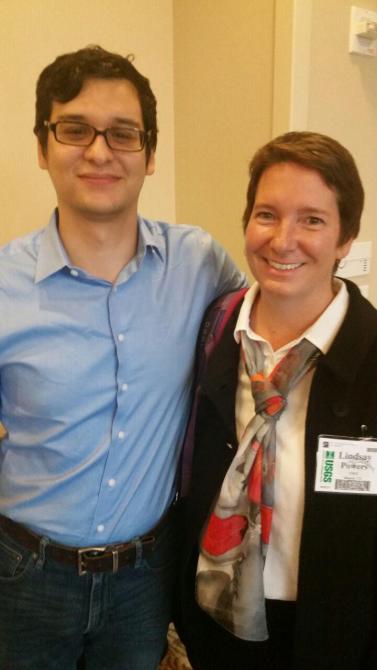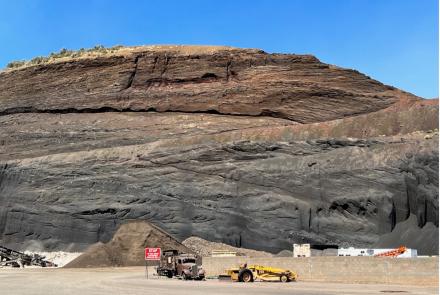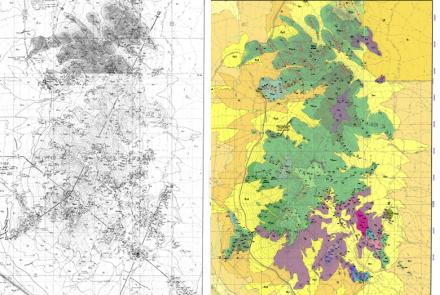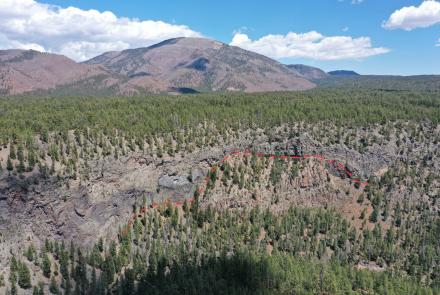One Paleontologist's / Data Scientist's Experience at the Geological Society of America's 2017 Annual Meeting
Who Am I?
My name is Andrew Zaffos, and I’m the newest hire here at the Arizona Geological Survey. I would broadly describe myself as a data scientist, though my educational background is in paleontology and outcrop stratigraphy.
What am I doing at the Arizona Geological Survey?
I have a lot of different responsibilities here at the survey, and maybe we’ll share some more about my research program in later posts. But today, I though I’d share a little bit about my recent experiences at the Geological Society of America annual meeting in Seattle (#gsa2017). It’s actually a pretty convenient illustration of what I do at the survey, since my trip (like my responsibilities) was split between my role as a paleontologist and as a data scientist.
What is GSA like as a paleontologist?
I would say that GSA is probably the most important annual meeting for an American paleontologist. Although there are other meetings more specifically tailored to paleontology, the turnout is generally the best at GSA – probably because the paleontological society dinner is part of the meeting.
Speaking of the paleontological society dinner, there were a lot of great goings-on this year. I was pleased to see David Jablonski receive the society’s highest honor this year. David has had an enormous influence on my work and my decision to get into paleontology. I also had the opportunity to participate in this year’s Career and Mentoring panel, where I shared my experiences about working at a geological survey and in data science with prospective graduate students and younger paleontologists.
Of course, it wasn’t all award ceremonies and networking. I also presented some of my latest research on the nature of the latitudinal biodiversity gradient. I’ve found it is always a good idea to present when going to GSA. Of course, it is a great way to share your research and get feedback before publication, but it’s also the fastest way to introduce yourself to interested parties.
What is GSA like as a data scientist?
The other half of my role at AZGS is to help grow our geoinformatics team. Informatics is the science of storing and distributing data, which in the case of the AZGS is largely related to geologic information like mining reports and geologic maps.
I was lucky enough to have several meetings with some of the great geoinformatics program leaders at the U.S. Geological Survey: John Brock, Lindsay Powers, and Leslie Hsu. Lindsay, in particular, has been a big ally of the AZGS and efforts across the United States to modernize how geologic data is stored and shared. She has some big ideas for how the AZGS and our partners at the University of Wisconsin-Madison and the University of Minnesota can improve how geologic data is shared with the public.
Final Verdict
A productive meeting in a fun town, but I bet the 2019 meeting in Phoenix, AZ will blow Seattle out of the water. Hope to see you there!






